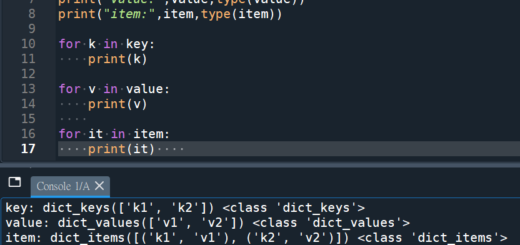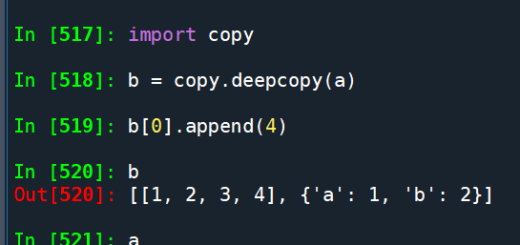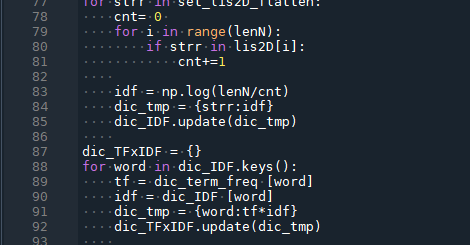code:
my_list = [1, 2, 3, 2, 4, 2, 5]
target = 2
# 使用列表推导式找出所有 target 的索引
indexes = [index for index, value in enumerate(my_list) if value == target]
print(indexes)輸出結果:
![Python: list.index() 只能找到第一個元素的index,若元素有重複,如何找出所有index? indexes = [index for index, value in enumerate(my_list) if value == target] - 儲蓄保險王](https://savingking.com.tw/wp-content/uploads/2024/10/20241010101057_0_74ffb7.png)
enumerate(my_list) 會遍歷列表 my_list 並提供每個元素的索引(index)和值(value)。
列表推導式檢查每個 value 是否等於 target。如果 value 等於 target,它就會將當前的 index 添加到列表 indexes 中。
最終 indexes 包含所有 target 值的索引。
這種方法簡單且高效,特別適用於查找列表中所有重覆元素的索引。
推薦hahow線上學習python: https://igrape.net/30afN

![Python: 使用 flat_list.extend( List[pandas.Series] ) 實現 pandas.DataFrame 列擴展教學 Python: 使用 flat_list.extend( List[pandas.Series] ) 實現 pandas.DataFrame 列擴展教學](https://i2.wp.com/savingking.com.tw/wp-content/uploads/2025/04/20250421141348_0_14cedf.png?quality=90&zoom=2&ssl=1&resize=350%2C233)











近期留言